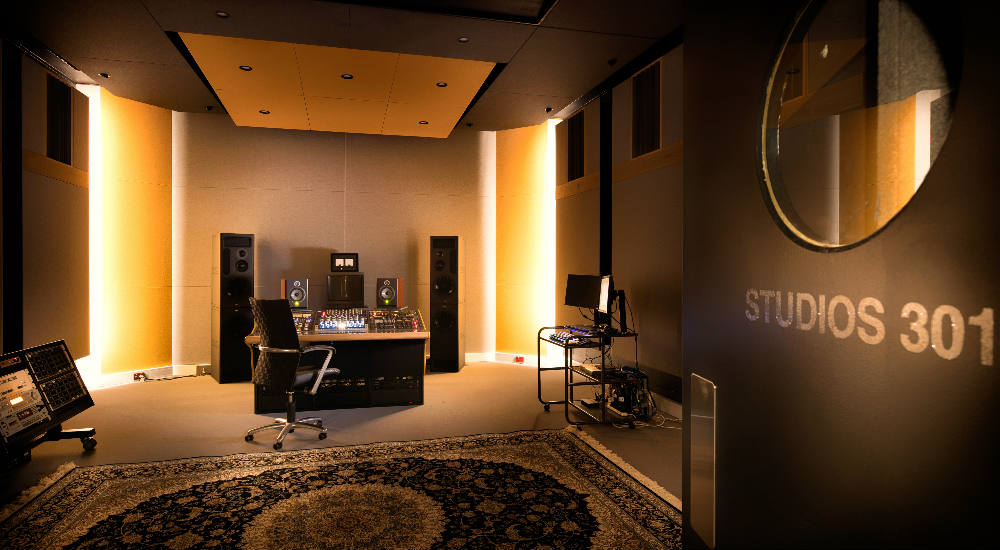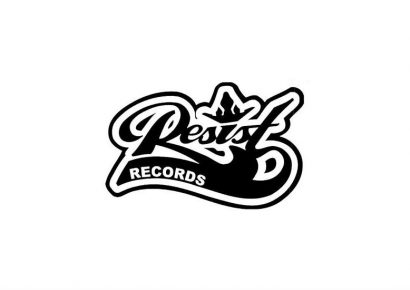“When you’re mastering for a vinyl release there are what you might call restrictions that are placed on the way you both mix and master,” Smart says; the low frequencies and the high frequencies, the stereo content of low frequencies, and peak transients. “You can’t have too many low subfrequencies around 30Hz, 40Hz because the more sub low frequencies you have, the more erratic the groove will perform and you may end up with a situation where the groove is untraceable by a stylus. So within sensible reason you have to curtail those frequencies if you’ve got vinyl production in mind. And if a low frequency is panned left and right in stereo, that may cause problems as far as excessive vertical movement when you’re cutting the record.”
Mitchell says it’s important to work closely with the mastering engineer to flag potential issues. “Since CDs and MP3s came around you could get away with more, and a lot of people think of vinyl as being the most authentic format but it’s not as forgiving as a lot of things and you have to be very careful.”
“The groove from high frequencies on a vinyl record looks like saw teeth, very jagged,” Smart says, “and if those saw teeth are too excessive, when it’s traced by the stylus it can end up simply just distorting. Also after you’ve had it cut and when you’re plating the lacquer to get your stampers and your masters off the lacquer for pressing, the jagged edges of the groove from the higher frequencies can actually tear the silver off the master plate.”
It works both ways too: at the dawn of the CD era, masters that were originally prepared for vinyl back in the day were then popped onto CD without being optimised for that format – and in a case of ‘chicken and the egg,’ there have been albums released on vinyl recently that were mastered with CD or MP3 in mind. “Early digital recording equipment was not great with AD and DA,” Mitchell says. “A lot of those mixes themselves were incredible, it was just the transferring of them, because when CDs came out, a lot of labels just dumped those mixes onto CD.”
Smart continues; “The record labels went into ka-ching mode and released all their back masters onto CD, but digital technology in its infancy was not crude but fairly basic in terms of its AD/DA conversion. So when you called up a wonderful master of something like Steely Dan, for instance, the tape was transferred via those early digital systems onto the format, which at that time was a digital video tape, then manufactured into CD. Some of those original master tapes were specifically equalised for vinyl cutting, so they potentially would have had RIAA curves cut into them for vinyl. So the original master tape that was used for those early CDs may not have actually have been the right master to choose for that. With the benefit of developing technology in converters, you often find that things have been remastered for CD and in that instance they’ve gone back and paid a little more attention to the details of the playback of the tape itself and the transfer through better digital equipment to get a more satisfactory result these days.”
The ideal situation for Mitchell and Smart is for an artist to approach their recording, mixing and mastering with the expectation that it could make it to vinyl. “Exactly,” Mitchell says. “That’s important in any facet of the recording stage, whether you’re remixing or programming or producing: always have a plan. Steve and I have worked together for many, many years and he really knows his stuff and all the gear that’s coming out. Music is a very subjective thing and you’ve got to know what people want creatively and what they want to hear at the end, so we discuss ideas and approaches so there are no trainwrecks down the line. Even prior to having that discussion with the band, Steve will get bands to send references of some albums they’re inspired by so we can keep that in mind. Often at Studio 301 I’ll bring a band that I’m mixing down to meet Steve so they can talk about the final result.”
For more information on Studios 301 and their services, head to studios301.com.

